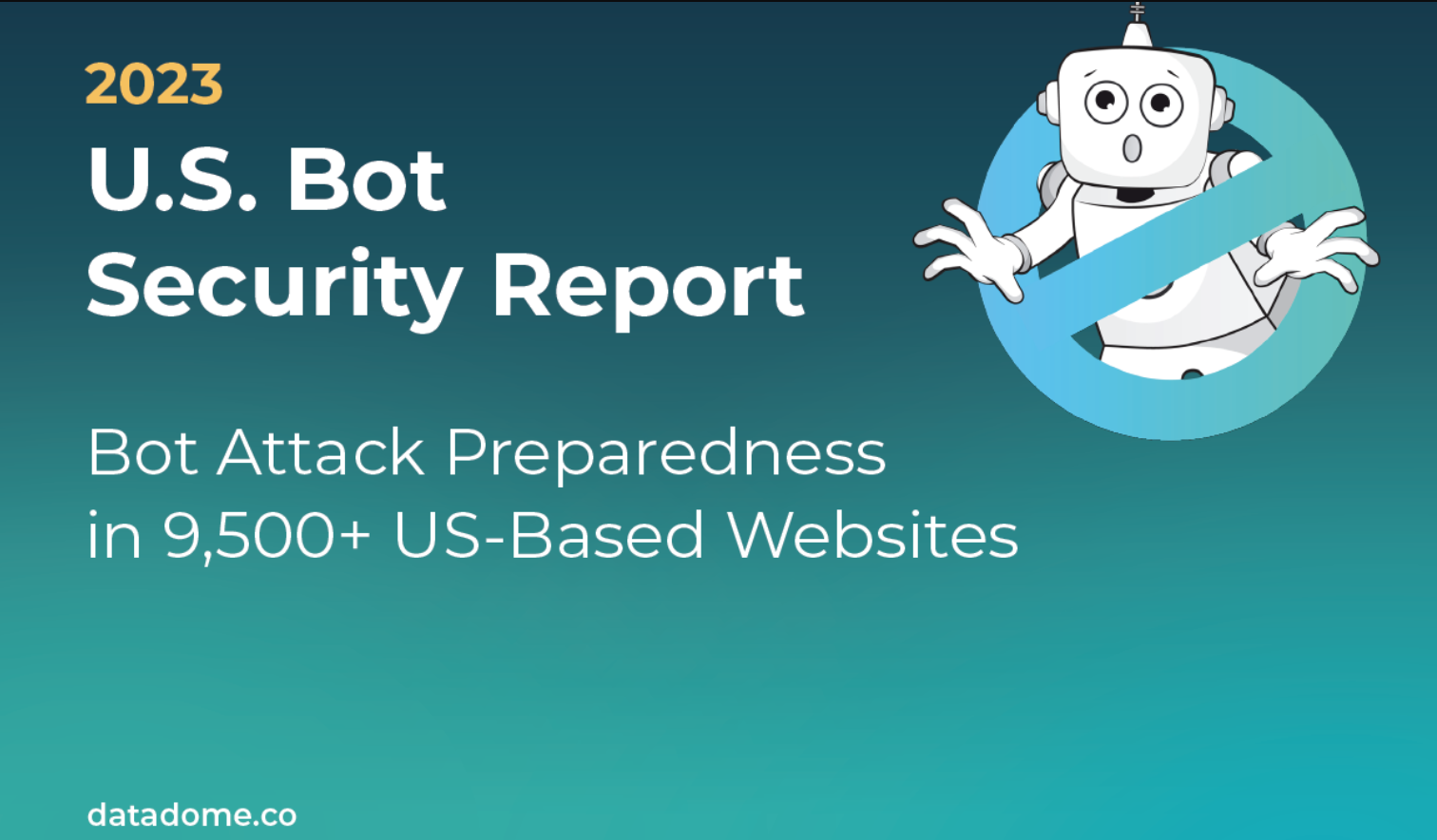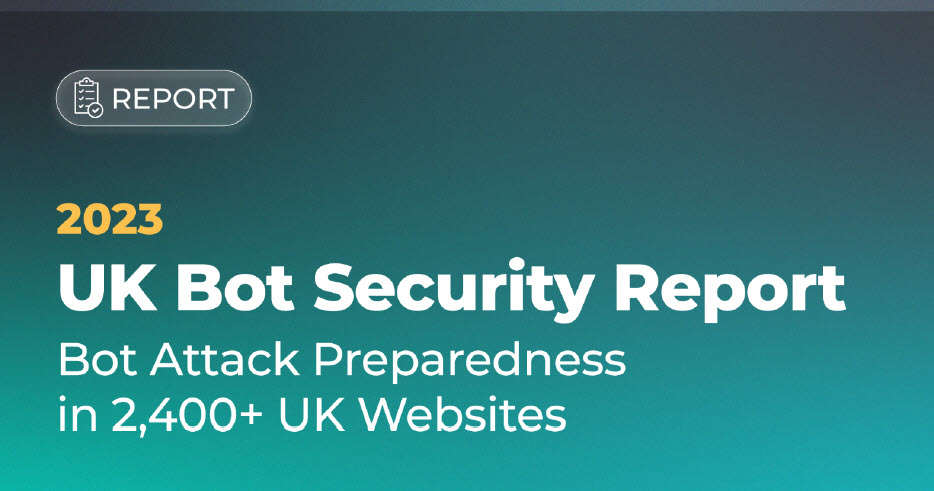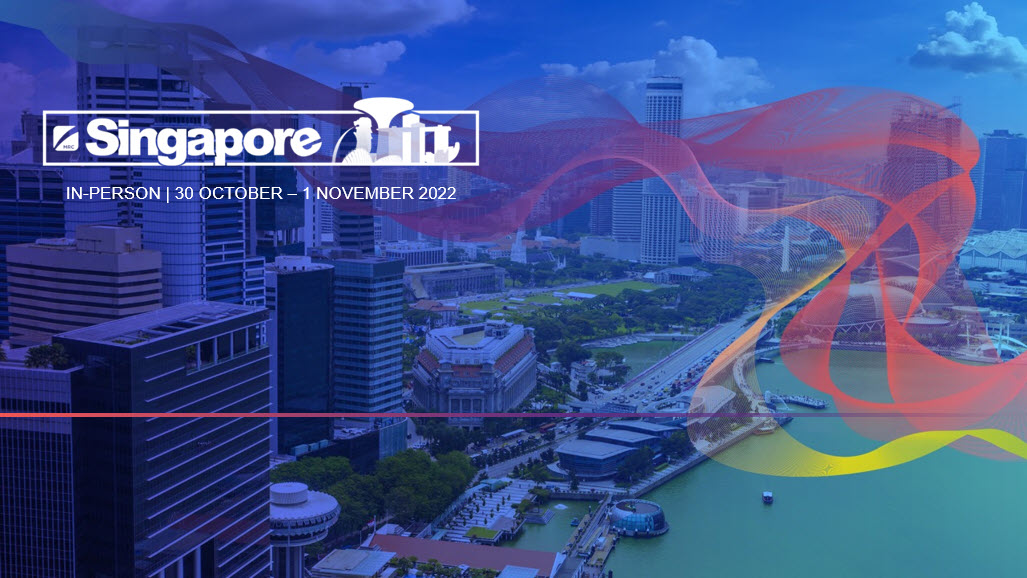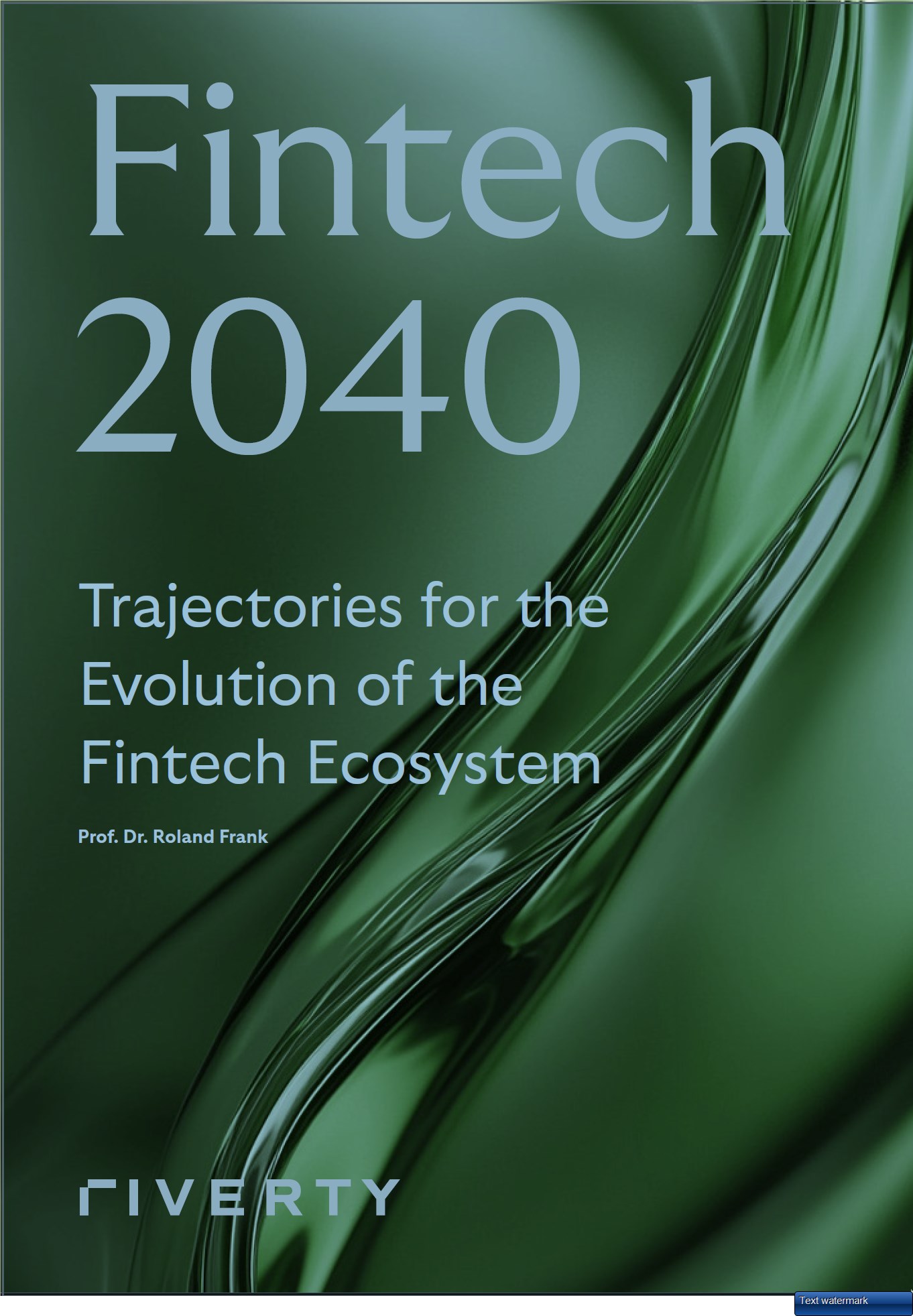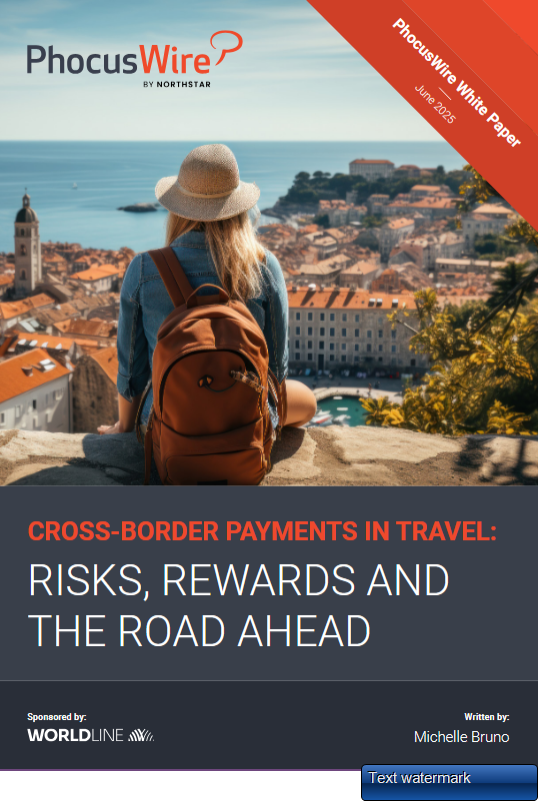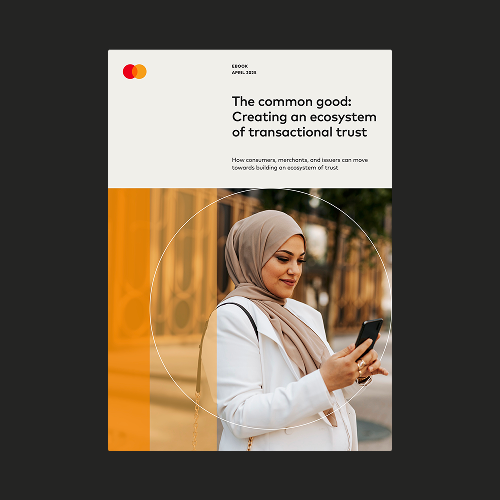Navigating new chargeback complexities in eCommerce
By Neil Smith, HDX Global CEO representing Nethone as VP of Payments Strategy & Financial Services
Nearly 40% of merchants experience friendly fraud attempts, and billions of dollars are lost through chargebacks. Dealing with this type of issue is a cumbersome activity - even if the chargeback is eventually reversed, the merchant will still incur fees and other costs related to the administrative process. In addition, merchants are sometimes caught between a rock and a hard place, as they need to be sure whether or not a chargeback claim is legitimate, so instead of being bogged down by a time-consuming and expensive chargeback, they prefer a refund. If the claim is legit, they end up in the dispute cards monitoring programs.
There are many complexities around this topic, adding to the challenge of spotting friendly fraud or fighting disputes. So before actually dealing with chargebacks, one needs to see and understand the bigger picture.
Now that we have set the scene by providing essential information on chargeback prevention, it’s time to go more in-depth and address several topics that stand as unanswered concerns: what are the new trends that influence the rise in chargebacks, the connection between chargebacks and 3DS and why 3DS2 is not a silver bullet, and Visa Compelling Evidence 3.0 opportunities.
The variables that have changed over time
Most of the time, fraudulent chargebacks come from account takeover, identity theft, social engineering, and other fraud methods involving the unauthorized use of cardholder details. Consumers may also engage in unethical behavior and make false claims, such as claiming a package was never delivered or denying having made an order to get money back for a product they already used. The problem is that these fraudulent activities have become more prevalent, and fraudsters are adapting to technological advancements just as quickly as they occur.
Growing industries such as online gaming, gambling, and adult entertainment deal more with chargebacks due to the high volume of transactions and the sensitive nature of their services, which puts them in the high-risk bucket. For example, if an online casino customer deposits money into an account and then requests a chargeback, the casino could lose not only the cost of the transaction fees but also the cost of the winnings that were paid out. The same applies to the subscription economy, which is set to grow to USD 1.5 trillion in a few years. This is a profitable industry, despite the many hiccups it experience due to the lack of proper management of unsubscribed users on platforms.
Payment processing infrastructure for cross-border commerce is still outdated here and there. Transactions on legacy rails take longer to process, and, for instance, eCommerce sites that ship products to customers in other countries may experience a higher rate of chargebacks due to cross-border payment processing delays.
With the rise of BNPL also comes the risk of more chargebacks. Consumers can more easily dispute a payment that has not yet been made. In such cases, the BNPL provider usually refunds the amount paid to the merchant and cancels any future payments. This can leave the merchant with a significant financial loss, as they may have already shipped the product or provided a service.
Even more KPIs have been added to the equation, aside from the most important one: low chargeback ratio. The overlap and leakage of KPIs can provide insight into how well the business is managing its chargebacks. The overlap metric looks at how many disputes are being attempted multiple times, while the leakage metric looks at how effective the prevention attempts are. By understanding these metrics and where they stand, businesses can improve their chargeback management system and ensure that their chargeback ratio stays low.
Liability shifts and dispute conditions - throwing light on several aspects
Merchants should be aware that 3DS only protects against fraudulent chargebacks, which means that all other chargeback rights remain applicable. If a customer has a legitimate reason to dispute a payment, such as an unsatisfactory product, they can still initiate a chargeback even if the merchant has 3DS enabled. Issues such as non-submission of authorization for clearing, late submission, as well as non-delivery of goods can still result in a chargeback.
Chargeback disputes also depend on the type of merchants. As mentioned before, certain industries, such as digital goods, or adult entertainment, may have different conditions for chargeback disputes due to the nature of their products and services. OTAs and airlines are also susceptible to chargebacks due to changes in travel plans, flight cancellations, and other issues that may arise. These industries may also have different chargeback thresholds, requirements for proof of delivery, and other factors that impact the chargeback dispute process. Therefore, it is important for merchants in these industries to have a clear understanding of the rules and regulations surrounding chargebacks and to have a well-established chargeback management process in place.
Merchants with a high-frequency of chargebacks or a history of fraudulent transactions may be viewed as high-risk and face increased scrutiny and chargeback disputes. Also, different payment methods, such as credit cards or ACH transfers, have their own dispute resolution processes and may handle chargeback disputes differently.
Lastly, major card schemes, such as Visa and Mastercard, have their own set of rules and regulations for chargebacks and disputes, which may vary based on the type of merchant and transaction. It is important to keep in mind that the Visa Dispute Monitoring Program (VDMP) and the Visa Fraud Monitoring Program (VFMP) are linked to a merchant ID, not the type of card used.
Scheme updates - Visa Compelling Evidence 3.0
The new rule change, which will come into effect in April 2023, consists of a set of guidelines to every merchants’ benefit. These guidelines were developed with input from merchants and issuers, who worked together to determine what measures would be necessary and available to enable a merchant to validate ‘prior cardholder participation, as well as what would be required and available to support the notification of a misidentified fraudulent transaction’, as mentioned in this article .
Below are a few points from the Visa Compelling Evidence 3.0.
- 1.) In order to recover a fraud claim, merchants must provide at least two undisputed transactions that occurred within 120 days of the disputed date. There must be at least two common elements between the two undisputed transactions: Customer Account ID/Login ID, Delivery Address, Device ID, and IP Address. If the merchant provides this proof, the issuer is responsible for covering the fraud claim.
- 2.) Disputes that are reversed in favor of the merchant won't count against the fraud ratio. For instance, if the merchant's chargeback ratio is 0.6%, and the merchant successfully reverses a fraud dispute, the chargeback ratio will not increase.
A shift such as this is crucial for merchants and the industry at large. It has been common for issuers not to investigate a chargeback case when the merchant was responsible, regardless of whether compelling evidence was present. Nevertheless, the new rule now requires the issuer to try and discuss (using compelling evidence) the case with the cardholder so they can stand down from the chargeback and admit the transaction was theirs. Clearly, this is addressing the ever-increasing issue of "friendly fraud."
Getting to the bottom line: how to best prevent chargebacks
Chargebacks are a type of problem that is better prevented than dealt with when they occur. For effective chargeback management, consider the following best practices. While it is of the utmost importance to have the 3DS2 protocol in place, it is also crucial to understand that this is not enough on its own to keep chargebacks at bay. You need a robust transaction and fraud monitoring system that can provide real-time risk assessment, detect potential chargeback triggers, and collaborate with alerts providers to quickly resolve disputes.
On the customer experience side, make sure your website is user friendly, with no more than three, four clicks towards checkout. Too often, the website is confusing and causes the customer challenges after checkout. Following on from this, make sure your merchant descriptor on the statement reflects the website the customer went onto. When a statement comes in, consumers don't recognise the descriptor and immediately file for chargeback as it is the easiest thing to do.
Collecting as much relevant data as possible can help you identify potential friendly fraud. By analyzing data you may be able to identify patterns of fraudulent behavior, such as repeated chargebacks or unusual purchasing behavior. Any data collection should be done in compliance with relevant data protection and privacy laws, such as GDPR, to protect both your business and your customers.
About Nethone
Nethone offers a proprietary machine-learning based product designed to protect the entire user journey, from onboarding to post-payment, at the same time helping eCommerce merchants and financial institutions to holistically understand their end-users (good and bad). With the award-winning Know Your User (KYU) profiling technology and AI-powered tools, Nethone blocks all risky users without friction to the good ones by exhaustively screening every single one. In 2021 Nethone was named Poland’s fastest-growing company in the "Deloitte Technology Fast 50 Central Europe".





